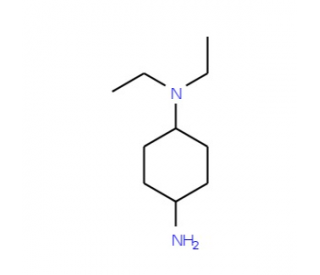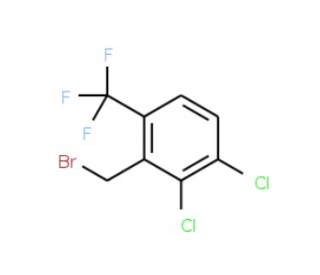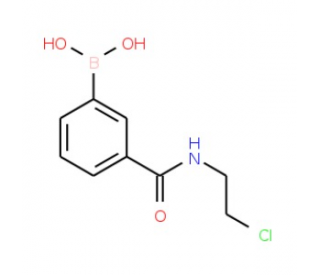詳細(xì)說(shuō)明
Purity
>90%, by SDS-PAGE under reducing conditions and visualized by silver stain
Endotoxin Level
<0.10 EU per 1 μg of the protein by the LAL method.
Activity
Measured in a competitive binding assay. When rrNeurexin-1 alpha (Catalog # 4485-NX) is immobilized at 1 μg/mL (100 μL/well), rrNeurexophilin-1 inhibits 50% binding of biotinylated rrNeurexophilin-1 (1 μg/mL) at the concentration range of 1-3 μg/mL.
Source
Mouse myeloma cell line, NS0-derived Ala22-Gly271 & Arg107-Gly271, both with a C-terminal 6-His tag
Accession #
N-terminal Sequence
AnalysisAla22 & Arg107
Predicted Molecular Mass
19 kDa & 29.4 kDa
SDS-PAGE
27-30 kDa and 42-50 kDa, reducing conditions
4208-NX |
| |
Formulation Lyophilized from a 0.2 μm filtered solution in PBS. | ||
Reconstitution Reconstitute at 100 μg/mL in sterile PBS. | ||
Shipping The product is shipped at ambient temperature. Upon receipt, store it immediately at the temperature recommended below. | ||
Stability & Storage: Use a manual defrost freezer and avoid repeated freeze-thaw cycles.
|
Background: Neurexophilin-1
Neurexophilin-1 (NXPH-1) is one of at least four vertebrate neuropeptide-like secreted glycoproteins in the neurexophilin family (1, 2). The 29 kDa, 271 amino acid (aa) NXPH-1 sequence contains a 22 aa signal peptide, a 94 aa propeptide that is cleaved at a basic motif, and a 115 aa mature protein that contains three potential N-glycosylation sites in the N-terminal portion and six conserved cysteines in the C-terminal portion (1). Mature rat NXPH-1 shares 99%, 99%, 99%, 96% and 84% aa identity with mouse, human, bovine, opossum and zebrafish NXPH-1, respectively. NXPH-1 is expressed selectively in subpopulations of neurons within the cerebral cortex, cerebellum and olfactory bulb that are thought likely to be inhibitory interneurons (2, 3). NXPH-3 is the neurexophilin most similar to NXPH-1, sharing 69% aa identity within the mature region. Expression of NXPH-1 and NXPH-3 does not appear to coincide, but both are tightly bound extracellular ligands of alpha -neurexins, synaptic transmembrane molecules that are essential for calcium-triggered neurotransmitter release (1, 4, 5). Genetic deletion of NXPH-1 and/or NXPH-3 produces no anatomical effect, although mice lacking NXPH-3 show defects in motor coordination (4, 6). Of the other known neurexophilins, NXPH-2 is not expressed in rodents, and NXPH-4 does not bind alpha -neurexins (1, 4).
References:
Missler, M. and T. C. Sudhof (1998) J. Neurosci. 18:3630.
Petrenko, A. G. et al. (1996) J. Neurosci. 16:4360.
Clarris, H. J. et al. (2002) Int. J. Dev. Biol. 46:649.
Missler, M. et al. (1998) J. Biol. Chem. 273:34716.
Dudanova, I. et al. (2006) J. Neurosci. 26:10599.
Beglopoulos, V. et al. (2005) Mol. Cell. Biol. 25:7278.
Entrez Gene IDs:
30010 (Human); 18231 (Mouse); 25501 (Rat)
Alternate Names:
neurexophilin 1; Neurexophilin1; Neurexophilin-1; NPH1; NXPH1










 粵公網(wǎng)安備44196802000105號(hào)
粵公網(wǎng)安備44196802000105號(hào)